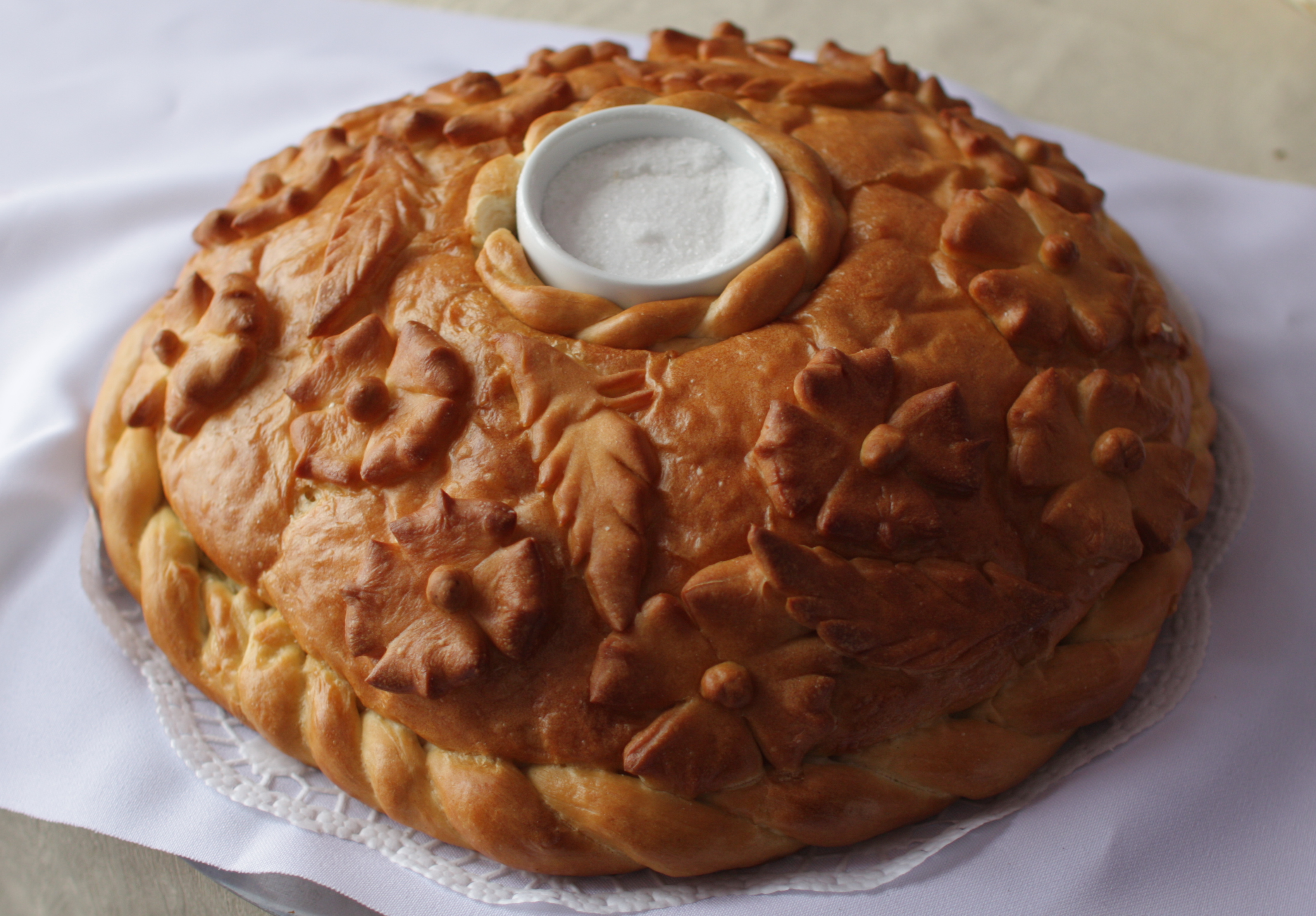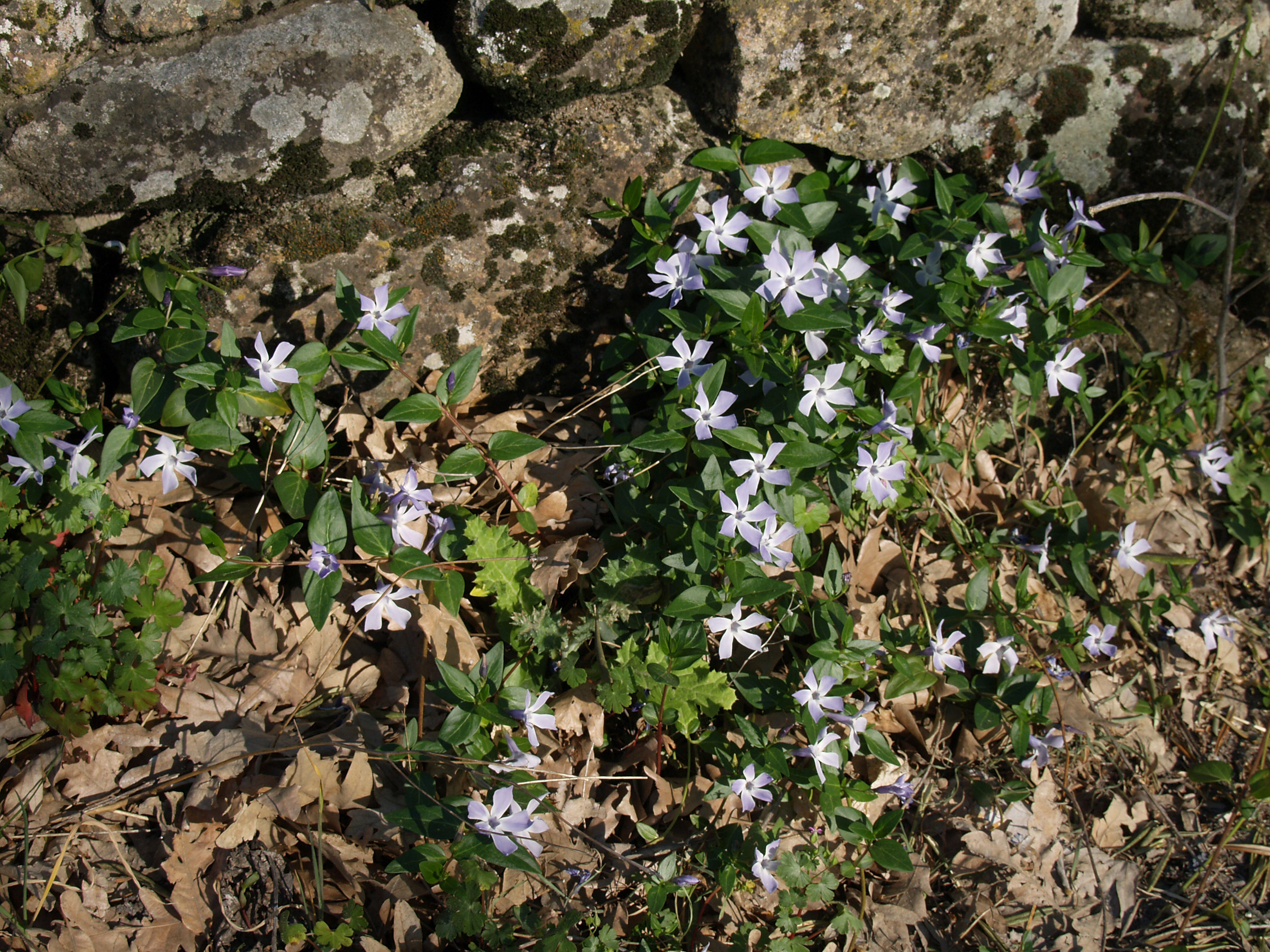|
Ukrainian Wedding Traditions
Ukrainian wedding is the traditional marriage ceremony in Culture of Ukraine, Ukrainian culture, both in Ukraine and in the Ukrainian diaspora. The traditional Ukrainian wedding featured a rich assortment of folk music and singing, dancing, and visual art, with rituals dating back to the pre-Christian era. Over time, the ancient pagan traditions and symbols were integrated into Christian Church, Christian ones. Traditional wedding rituals Betrothal Ivan Kupala Day – On the eve of the celebration of Ivan Kupala Day village folks would roam through the forests in search of Dryopteris, paporot flower, an elusive and magical flower that brings great wealth. Unmarried women, wearing a Ukrainian wreath, would be the first to enter the forest. They are followed by young men. If the couple comes out with the young man wearing the girl's wreath, they are engaged to be married. Paying the ransom – The groom must go to the bride's parents' house and offer a ransom to get his bride. The ... [...More Info...] [...Related Items...] OR: [Wikipedia] [Google] [Baidu] |
Marriage
Marriage, also called matrimony or wedlock, is a culturally and often legally recognized union between people called spouses. It establishes rights and obligations between them, as well as between them and their children, and between them and their in-laws. It is considered a cultural universal, but the definition of marriage varies between cultures and religions, and over time. Typically, it is an institution in which interpersonal relationships, usually sexual, are acknowledged or sanctioned. In some cultures, marriage is recommended or considered to be compulsory before pursuing any sexual activity. A marriage ceremony is called a wedding. Individuals may marry for several reasons, including legal, social, libidinal, emotional, financial, spiritual, and religious purposes. Whom they marry may be influenced by gender, socially determined rules of incest, prescriptive marriage rules, parental choice, and individual desire. In some areas of the world, arrang ... [...More Info...] [...Related Items...] OR: [Wikipedia] [Google] [Baidu] |
Rushnyk
A rushnyk or rushnik (russian: рушник, ручник, uk, рушник, be, ручнік, ručnik, rue, ручник) is a decorative and ritual cloth. Made of linen or cotton it usually represents woven or embroidered designs, symbols and cryptograms of the ancient world. They have been used in sacred Eastern Slavic rituals, religious services and ceremonial events such as weddings and funerals. Each region has its own designs and patterns with hidden meaning, passed down from generation to generation and studied by ethnographers. There are many rushnyk collections in ethnographic museums. In Ukraine, the Rushnyk Museum is located in Pereiaslav, Ukraine as part of The Museum of Folk Architecture and Way of Life of Central Naddniprianshchyna. A Russian rushnik collection is housed at the Hermitage Museum. Meaning The rectangular shape of the fabric indicates a life's journey and the ornamentation captures the cultural ancestral memory of the region. The materia ... [...More Info...] [...Related Items...] OR: [Wikipedia] [Google] [Baidu] |
HandFasting
Handfasting is a traditional practice that, depending on the term's usage, may define an unofficiated wedding (in which a couple marries without an officiant, usually with the intent of later undergoing a second wedding with an officiant), a betrothal (an engagement in which a couple has formally promised to wed, and which can be broken only through divorce), or a temporary wedding (in which a couple makes an intentionally temporary marriage commitment). The phrase refers to the making fast of a pledge by the shaking or joining of hands. The terminology and practice are especially associated with Germanic peoples, including the English and Norse, as well as the Scottish Gaels. As a form of betrothal or unofficiated wedding, handfasting was common up through Tudor England; as a form of temporary marriage, it was practiced in 17th-century Scotland and has been revived in Neopaganism. Sometimes the term is also used synonymously with "wedding" or "marriage" among Neopagan ... [...More Info...] [...Related Items...] OR: [Wikipedia] [Google] [Baidu] |
Handfasting (Neopaganism)
Handfasting is a traditional practice that, depending on the term's usage, may define an unofficiated wedding (in which a couple marries without an officiant, usually with the intent of later undergoing a second wedding with an officiant), a betrothal (an engagement in which a couple has formally promised to wed, and which can be broken only through divorce), or a temporary wedding (in which a couple makes an intentionally temporary marriage commitment). The phrase refers to the making fast of a pledge by the shaking or joining of hands. The terminology and practice are especially associated with Germanic peoples, including the English and Norse, as well as the Scottish Gaels. As a form of betrothal or unofficiated wedding, handfasting was common up through Tudor England; as a form of temporary marriage, it was practiced in 17th-century Scotland and has been revived in Neopaganism. Sometimes the term is also used synonymously with "wedding" or "marriage" among Neopagans ... [...More Info...] [...Related Items...] OR: [Wikipedia] [Google] [Baidu] |
Bread And Salt
Bread and salt is a welcome greeting ceremony in some Slavic, Nordic, Baltic, Balkan and other European cultures as well as in Middle Eastern cultures. It is also shared with some non-Slavic nations— Lithuanians, Latvians (both Baltic), Romanians (Romance) as well as some Finno-Ugric peoples like the Karelians—all of which are culturally and historically close to their Slavic neighbours. It remains common in Albania, Armenia, and among the Jewish diaspora. This tradition has also been observed in spaceflight. Etymology The tradition is known locally by its Slavic names, all literal variants of "bread and salt": be, Хлеб і соль, bg, Хляб и сол, cz, Chléb a sůl, mk, Леб и сол, pl, Chleb i Sól, russian: Хлеб-соль, sh-Cyrl-Latn, Хлеб и со, Hlȅb i so, sk, Chlieb a soľ, sl, Hlẹ̑b in sol, ua, Хліб і сіль. It is shared with some of the neighbouring non-Slavic peoples—the Latvians and Lithuanians (both Baltic n ... [...More Info...] [...Related Items...] OR: [Wikipedia] [Google] [Baidu] |
Vinca
''Vinca'' (; Latin: ''vincire'' "to bind, fetter") is a genus of flowering plants in the family Apocynaceae, native to Europe, northwest Africa and southwest Asia. The English name periwinkle is shared with the related genus ''Catharanthus'' (and also with the common seashore mollusc, ''Littorina littorea''). Description ''Vinca'' plants are subshrubs or herbaceous, and have slender trailing stems long but not growing more than above ground; the stems frequently take root where they touch the ground, enabling the plant to spread widely. The leaves are opposite, simple broad lanceolate to ovate, long and broad; they are evergreen in four species, but deciduous in the herbaceous '' V. herbacea'', which dies back to the root system in winter.Blamey, M., & Grey-Wilson, C. (1989). ''Flora of Britain and Northern Europe''. Hodder & Stoughton.Huxley, A., ed. (1992). ''New RHS Dictionary of Gardening'' 4: 664-665. Macmillan. The flowers, produced through most of the growing season ... [...More Info...] [...Related Items...] OR: [Wikipedia] [Google] [Baidu] |
Myrtus
''Myrtus'' (commonly called myrtle) is a genus of flowering plants in the family Myrtaceae. It was first described by Swedish botanist Linnaeus in 1753. Over 600 names have been proposed in the genus, but nearly all have either been moved to other genera or been regarded as synonyms. The genus ''Myrtus'' has three species recognised today: *'' Myrtus communis'' – Common myrtle; native to the Mediterranean region in southern Europe *''Myrtus nivellei'' – Saharan myrtle; native to North Africa *'' Myrtus phyllireaefolia'' Description Common myrtle '' Myrtus communis'', the "common myrtle", is native across the Mediterranean region, Macaronesia, western Asia, and the Indian subcontinent. It is also cultivated. The plant is an evergreen shrub or small tree, growing to tall. The leaf is entire, 3–5 cm long, with a fragrant essential oil. The star-like flower has five petals and sepals, and numerous stamens. Petals usually are white. The flower is pollinated ... [...More Info...] [...Related Items...] OR: [Wikipedia] [Google] [Baidu] |
Simon & Schuster
Simon & Schuster () is an American publishing company and a subsidiary of Paramount Global. It was founded in New York City on January 2, 1924 by Richard L. Simon and M. Lincoln Schuster. As of 2016, Simon & Schuster was the third largest publisher in the United States, publishing 2,000 titles annually under 35 different imprints. History Early years In 1924, Richard Simon's aunt, a crossword puzzle enthusiast, asked whether there was a book of '' New York World'' crossword puzzles, which were very popular at the time. After discovering that none had been published, Simon and Max Schuster decided to launch a company to exploit the opportunity.Frederick Lewis Allen, ''Only Yesterday: An Informal History of the 1920s'', p. 165. . At the time, Simon was a piano salesman and Schuster was editor of an automotive trade magazine. They pooled , equivalent to $ today, to start a company that published crossword puzzles. The new publishing house used "fad" publishing to publis ... [...More Info...] [...Related Items...] OR: [Wikipedia] [Google] [Baidu] |
Flour
Flour is a powder made by grinding raw grains, roots, beans, nuts, or seeds. Flours are used to make many different foods. Cereal flour, particularly wheat flour, is the main ingredient of bread, which is a staple food for many cultures. Corn flour has been important in Mesoamerican cuisine since ancient times and remains a staple in the Americas. Rye flour is a constituent of bread in central and northern Europe. Cereal flour consists either of the endosperm, germ, and bran together (whole-grain flour) or of the endosperm alone (refined flour). ''Meal'' is either differentiable from flour as having slightly coarser particle size (degree of comminution) or is synonymous with flour; the word is used both ways. For example, the word '' cornmeal'' often connotes a grittier texture whereas corn flour connotes fine powder, although there is no codified dividing line. The CDC has cautioned not to eat raw flour doughs or batters. Raw flour can contain bacteria like '' ... [...More Info...] [...Related Items...] OR: [Wikipedia] [Google] [Baidu] |
Wheat
Wheat is a grass widely cultivated for its seed, a cereal grain that is a worldwide staple food. The many species of wheat together make up the genus ''Triticum'' ; the most widely grown is common wheat (''T. aestivum''). The archaeological record suggests that wheat was first cultivated in the regions of the Fertile Crescent around 9600 BCE. Botanically, the wheat kernel is a type of fruit called a caryopsis. Wheat is grown on more land area than any other food crop (, 2014). World trade in wheat is greater than for all other crops combined. In 2020, world production of wheat was , making it the second most-produced cereal after maize. Since 1960, world production of wheat and other grain crops has tripled and is expected to grow further through the middle of the 21st century. Global demand for wheat is increasing due to the unique viscoelastic and adhesive properties of gluten proteins, which facilitate the production of processed foods, whose consumption is inc ... [...More Info...] [...Related Items...] OR: [Wikipedia] [Google] [Baidu] |
Bread
Bread is a staple food prepared from a dough of flour (usually wheat) and water, usually by baking. Throughout recorded history and around the world, it has been an important part of many cultures' diet. It is one of the oldest human-made foods, having been of significance since the dawn of agriculture, and plays an essential role in both religious rituals and secular culture. Bread may be leavened by naturally occurring microbes (e.g. sourdough), chemicals (e.g. baking soda), industrially produced yeast, or high-pressure aeration, which creates the gas bubbles that fluff up bread. In many countries, commercial bread often contains additives to improve flavor, texture, color, shelf life, nutrition, and ease of production. History Bread is one of the oldest prepared foods. Evidence from 30,000 years ago in Europe and Australia revealed starch residue on rocks used for pounding plants. It is possible that during this time, starch extract from the roots of plants, such as c ... [...More Info...] [...Related Items...] OR: [Wikipedia] [Google] [Baidu] |









